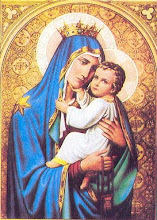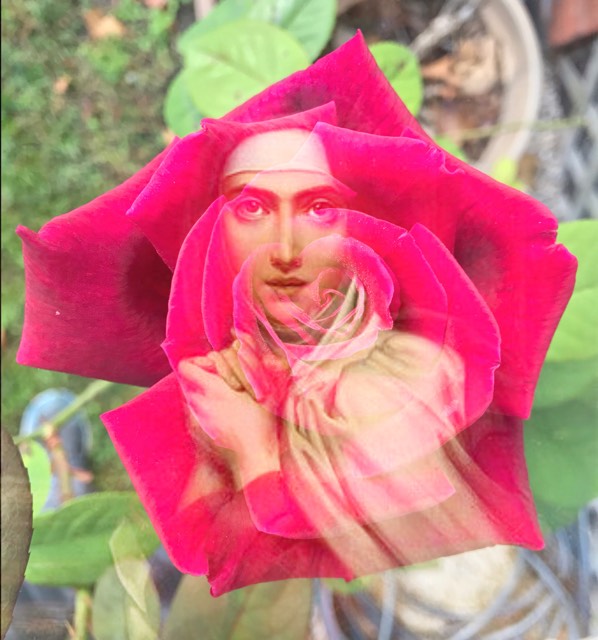
I like the idea that beauty and holiness are the apologia for Christianity. The beauty of Christianity needs to shine out more; this is where the celebration of the liturgy becomes central. And the goodness of Christianity, i.e. the holiness of self-giving love (the witness of charity) and of prayer, needs to be sustained and developed. And this too, certainly: that the one thing Christianity has to offer is Easter. Simply: Christ is risen!— Dom Hugh Gilbert (from A Conservative Blog for Peace)
The
Regina caeli is said in place of the Angelus during Eastertide.
Queen of Heaven
V. Queen of Heaven, rejoice, alleluia.
R. For He whom you did merit to bear, alleluia.
V. Has risen, as he said, alleluia.
R. Pray for us to God, alleluia.
V. Rejoice and be glad, O Virgin Mary, alleluia.
R. For the Lord has truly risen, alleluia.
Let us pray. O God, who gave joy to the world through the resurrection of Thy Son, our Lord Jesus Christ, grant we beseech Thee, that through the intercession of the Virgin Mary, His Mother, we may obtain the joys of everlasting life. Through the same Christ our Lord. Amen.
Regina caeli
V. Regina caeli, laetare, alleluia.
R. Quia quem meruisti portare, alleluia.
V. Resurrexit, sicut dixit, alleluia.
R. Ora pro nobis Deum, alleluia.
V. Gaude et laetare, Virgo Maria, alleluia.
R. Quia surrexit Dominus vere, alleluia.
Oremus. Deus, qui per resurrectionem Filii tui, Domini nostri Iesu Christi, mundum laetificare dignatus es: praesta, quaesumus; ut per eius Genetricem Virginem Mariam, perpetuae capiamus gaudia vitae. Per eundem Christum Dominum nostrum. Amen.
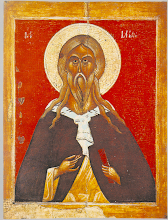


















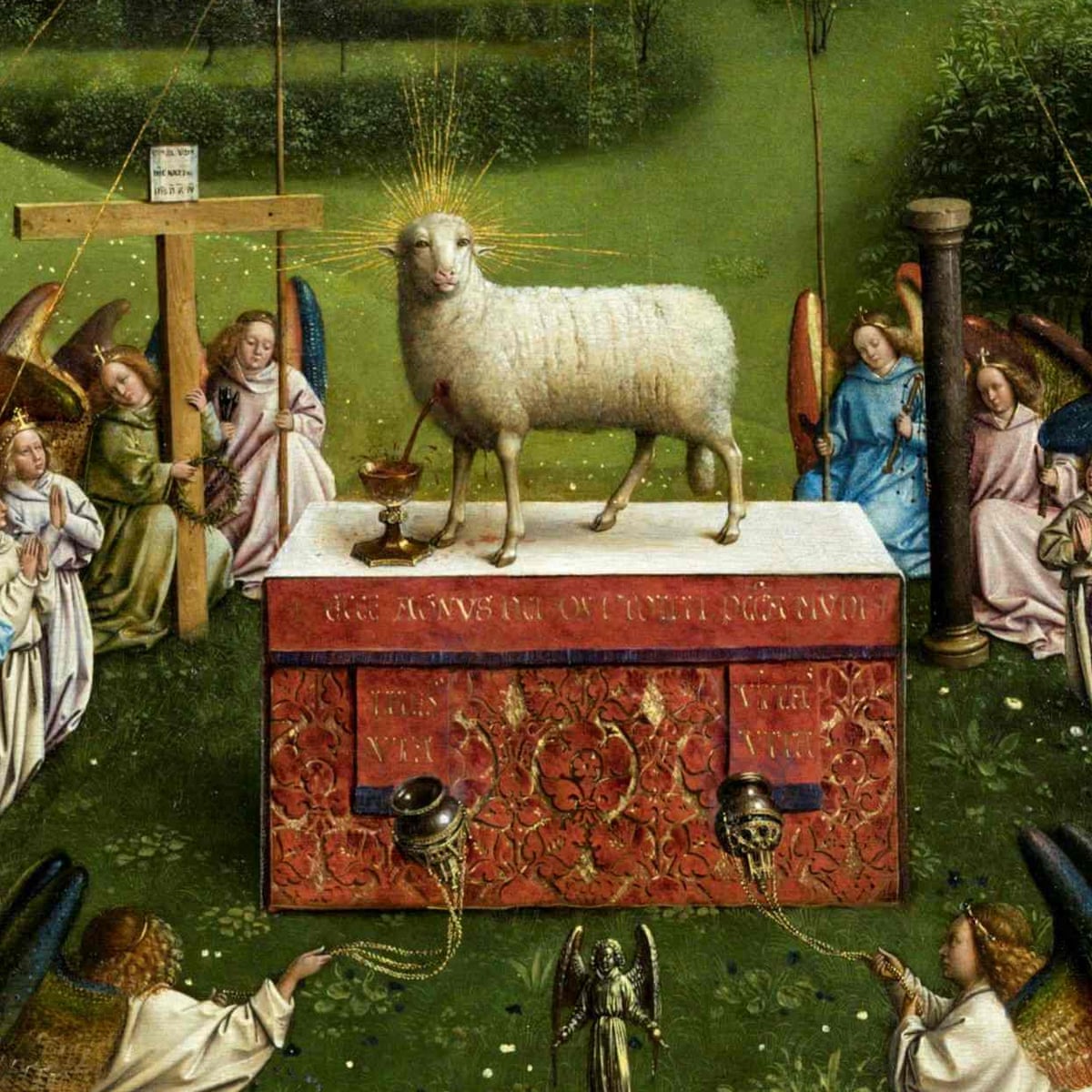












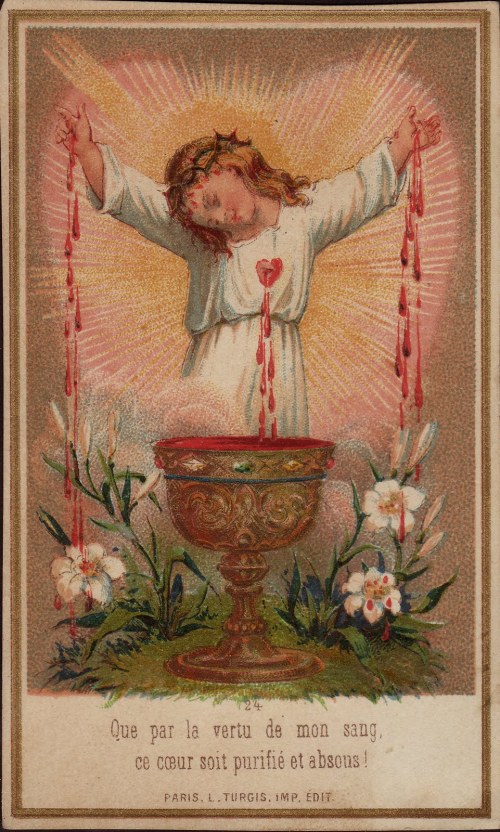

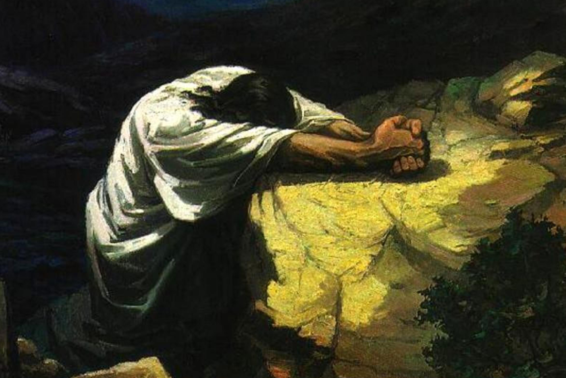

/jesus-in-garden-of-gethsemane--mosaic--detail--glorious-mysteries-chapel--upper-basilica-of-our-lady-of-rosary--lourdes--languedoc-roussillon-midi-pyrenees--france--19th-century-677110309-5a839ae9642dca003762cc49.jpg)


